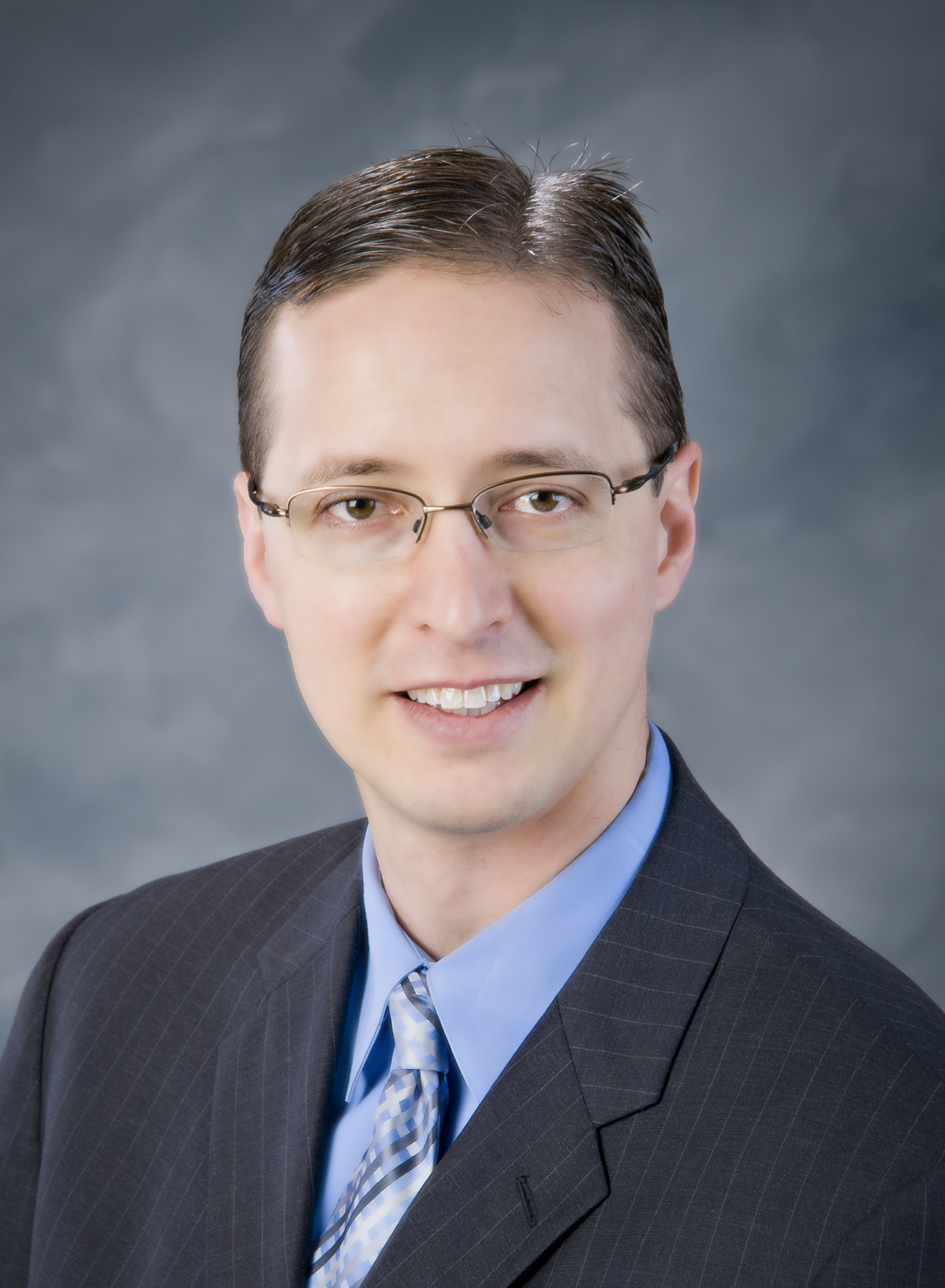Contact: Robbie S. Ward

STARKVILLE, Miss.--Testing how steel reacts under radioactive conditions with tens of thousands of simulations may seem ambitious, but that's the goal of research at Mississippi State University.
The nuclear meltdown in Fukushima, Japan, a year ago--a crisis started by a massive earthquake that set off a tsunami--helped show the importance of learning more about the strength of materials used in nuclear reactors. While Japan continues to deal with the fallout of the nuclear reactor's breakdown, the global scientific and research community for nuclear energy are taking measures to prevent this scenario from happening again.
Mark Tschopp, an assistant research professor at Mississippi State, has led efforts to create better predictive models for materials used in extreme environments such as nuclear reactors. The research is funded by the U.S. Department of Energy.
Tschopp works in the computational manufacturing and design group at the Center for Advanced Vehicular Systems, a major unit of the university's Bagley College of Engineering,
He said more advanced modeling and simulation methods can lead to improved understanding about the strength of steel and similar materials under many potential scenarios within a nuclear reactor.
Jim Peltz, DOE program manager for the Nuclear Energy Advanced Modeling and Simulation Program, said knowing the limits of various construction materials is critical to "extending the life of current reactor fleet and in science-based designing of advanced future reactors."
Using supercomputers to test simulations on the super-small nanoscale at MSU's High Performance Collaboratory, Tschopp and other researchers in the project are examining how nanoscale characteristics of steel interact with radiation defects, which is critical to understanding the material's strength.
"Predicting behavior of these materials over time is very important," Tschopp said. "We need to know how they react under many intense conditions, including under radioactive environments."
Tschopp's research colleagues include Mark Horstemeyer, a CAVS mechanical engineering professor; Kiran Solanki of Arizona State University's School for Engineering Matter, Transport and Energy; and Fei Gao, Xin Sun, and Moe Khaleel of the Pacific Northwest National Laboratory in Washington state.
Their findings recently were published in Physical Review B, a premier academic journal for research in condensed matter and material physics.
Tschopp said the simulation results provide insight into radiation effects at the nanoscale, which can be used to improve the predictive nature of models focusing on larger scales.
While the MSU-based CAVS has earned a national reputation for innovation related to transportation in many different fields, its capabilities also stretch into other areas when research interests overlap.
"We see that many of our strengths and expertise are applicable to other sectors, including nuclear energy," Tschopp said.
For more information, contact Dr. Tschopp at 662-325-5580 or mtschopp@cavs.msstate.edu.